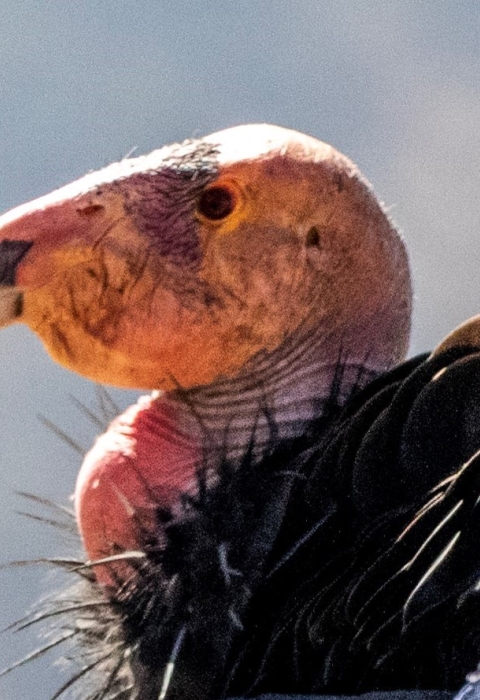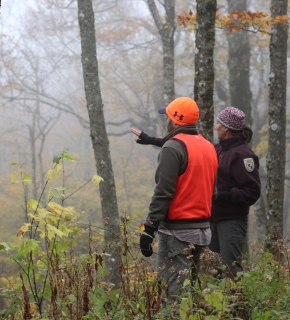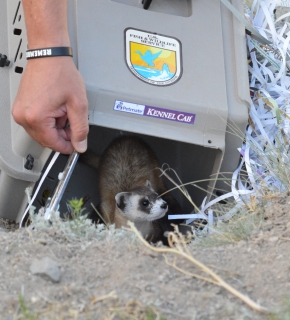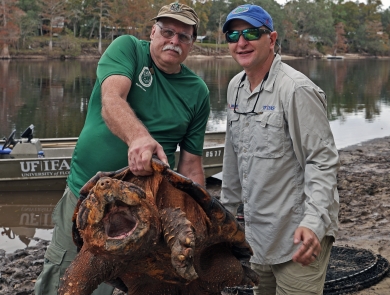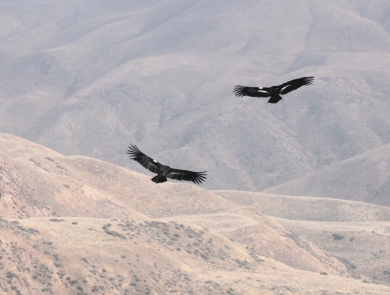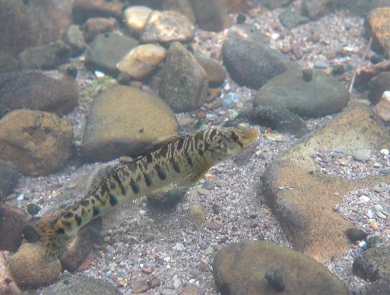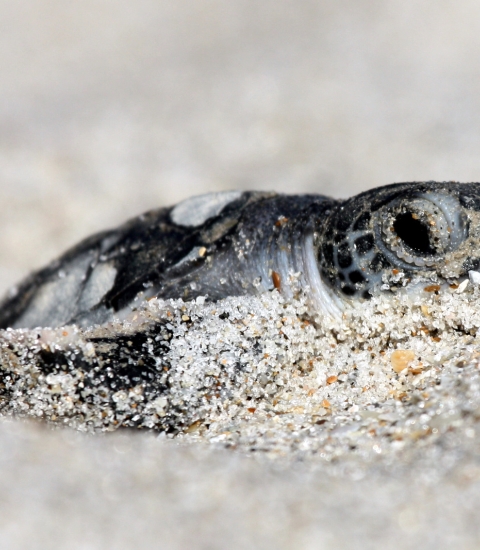What We Do
Our Services
To make recovery efforts for listed and candidate species more efficient and effective, we work with others to find ways to invigorate and modernize the implementation of the ESA, using our current conservation tools and developing new ones at every opportunity. Among the tools that play a major part in achieving our conservation and recovery goals are: interagency consultations; incentives for landowners and managers to engage in voluntary conservation partnerships; grants to states and territories, private landowners, and conservation groups to fund conservation projects; and permits that authorize scientific research to learn more about listed species, or activities that enhance the propagation or survival of listed species.
Our Projects and Initiatives
Our work to conserve and recover endangered and threatened species includes listing species under the ESA and designating critical habitat, developing protective regulations for threatened species, developing and implementing recovery plans for listed species, monitoring and evaluating the status of listed species, and, cooperating with non-federal partners to develop conservation plans.
Our Laws and Regulations
Throughout its history, the Endangered Species Act (ESA) has proven to be incredibly effective in stabilizing populations of species at risk, preventing the extinction of many others, and conserving the habitats upon which they depend. All Americans can take pride in the fact that, under the protection of the ESA, the California condor, grizzly bear, Okaloosa darter, whooping crane, and black-footed ferret have all been brought back from the brink of extinction. We can also celebrate that many other species no longer need ESA protection and have been removed from the list of endangered and threatened species, including the bald eagle—the very symbol of our nation's strength.
Our Library
Whether you are looking for a specific document pertaining to species listing, sections of the Endangered Species Act, or anything else related to Endangered Species policy, you can find it right here in the ESA document library.
Our Species
The number of endangered and threatened species changes as we add or remove species from the list.
